With the green movement in full swing across the country, it is not surprising that incorporating energy saving and efficient measures has trickled into condominium development. Today, many buildings in the New York area pride themselves for having a variety of eco-friendly features ranging from green roofs, the use of sustainable materials and recycling on-site.
Mayor Michael R. Bloomberg’s PlaNYC 2030 initiative, which focuses on six of the principal areas affecting green building, namely land use, water, transportation, air quality, energy efficiency and climate change, has certainly become one of the nation’s model sustainability plans. Several legislative initiatives have been adopted to encourage the greening of the Big Apple.
“The feedback I have heard concerning the need for the residential real estate sector to comply with the new Energy Code and other recent green initiatives is increasingly more positive,” says Peter Zlotnick, an attorney and a partner with the Manhattan-based law firm of Kagan Lubic Lepper Finkelstein & Gold, LLP. “This is especially true as buildings appear to be recognizing, albeit slowly, that the return on their capital investment in these more efficient and cleaner technologies and materials is growing shorter,” said Zlotnick, whose practice focuses on real estate, construction, green building and renewable energy. “In other words, the regulations appear to be less egregious than many in the industry first thought, because the operational cost-savings derived from clean technologies can be readily seen on a co-op or condo’s financial statements.”
Many New York City buildings are also taking advantage of national and local programs to help make them more energy efficient. In 2010, the U.S. Department of Housing and Urban Development (HUD) awarded $3.6 million dollars to a 198-unit building at 107-145 135th Street in Central Harlem. Retrofits included Energy Star refrigerators, replacement of 32 old boilers with 10 high efficiency ones, rooftop solar photovoltaic and recycled material kitchen counters according to a press release from the New York HUD. This was the first affordable preservation project financed under Mayor Bloomberg's New Housing Marketplace Plan to make use of the U.S. HUD Green Retrofit Program.
There are numerous national and statewide energy efficiency, energy conservation and sustainability-encouraging programs available to residents. These programs often offer large rebates to help offset the initial costs of implementing the green products and technologies and doing so can greatly ease the burden of large utility bills.
While not all of those programs would necessarily be a good fit for New York City, “Many elements of these programs are certainly either worthy of consideration or have already been adopted here,” says Zlotnick. “Our city and state officials have also enacted other programs and initiatives that benefit New York City residents. For instance, NYSERDA offers numerous incentives and maintains a special Energy Smart Loan Fund with reduced interest rates to assist buildings in achieving LEED certification. The Multifamily Building Performance Program provides 'performance partners' for new and existing buildings to assist them in designing and retrofitting new and existing buildings with high performance and efficient systems with the end goal of assisting buildings to achieve cost-reductions through energy savings technologies.”
National Programs
The federal government offers many programs and incentives that encourage energy efficiency. One such program is the Multifamily Energy Innovation Program through HUD. A total of $25 million in grants are available for the purpose of energy efficiency upgrades at multifamily properties. “This fund was included as a part of The Recovery Act and the grants are starting to be implemented at the multifamily level,” says Jacob Levine, an environmental review officer for HUD in New York City. “The general project descriptions include energy audits in which these buildings have consultants come in and from a variety of tests determine where the most potential for energy savings come in. Then they follow up and they implement the most cost-effective measures that are recommended.”
Federal tax credits are also available to residents who have qualifying energy-efficient products. “Consumers can use an Energy Star search engine for special offers or rebates locally available,” says Dale Kemery, press officer at the U.S. Environmental Protection Agency (EPA) in Washington D.C. “Not all Energy Star qualified products qualify for a tax credit, but there are tax credits in effect through 2016 on geothermal heat pumps, solar panels, solar water heaters, small wind energy systems, and fuel cells.”
Energy Star is a joint program of the EPA and the Department of Energy that labels products that are energy efficient and that can help reduce greenhouse gas emissions. “The Energy Star label can be found on products across more than 65 categories, including appliances, lighting, heating and cooling equipment and consumer electronics. Products that earn the label deliver all the features and functionality of standard products, while allowing purchasers to save energy, save money and help protect the climate,” says Kemery. He adds that a typical household spends more than $2,100 a year on energy bills but Energy Star products can produce savings of one third or about $700. More information can be found on www.energystar.gov.
Two other databases already exist to help locate funding sources:
• The Database of State Incentives for Renewables & Efficiency, www.dsireusa.org, is a project of the N.C. Solar Center and the Interstate Renewable Energy Council with funding from the U.S. Department of Energy. It is organized by state and within each state by program type.
• The U.S. Department of Energy’s own website has a section on tax credits, rebates, and savings at http://energy.gov/savings.
New York State Incentives
In addition to national programs, the state of New York offers incentive programs for both residents and property managers for multifamily homes. The New York State Energy Research & Development Authority (NYSERDA) has a Multifamily Energy Performance Program (MPP) that is available to property managers, owners, residents of condos and co-op and governing boards. “It offers a range of options such as benchmarking, financing as well as robust incentives for comprehensive improvements,” says Cameron Bard, a multifamily project manager for NYSERDA. “It provides on average $750 per unit in a multifamily building for a comprehensive energy retrofit.”
Holly Barrett, a public relations spokesperson for NYSERDA, says that to date, 2,570 buildings have participated in MPP through 448 projects. She also says that the average building that completes the program achieves a 23 percent annual energy savings.
NYSERDA also has the Home Performance with Energy Star program which “begins with an energy assessment of the home then transitions to incentives to help offset the cost of implementing energy efficiency improvements. Our program provides both a relationship with a condo or co-op as well as partnership with an energy efficiency specialist that we have pre-qualified in New York State,” says Bard. That partner would conduct an energy assessment of the building looking at common area systems such as HVAC, insulation, lighting as well as a sampling of individual apartments and use that analysis to come up with an energy reduction plan, Bard explains. “Once the plan is approved, we enter into a contract with the building and provide incentives for that plan to be accomplished. At the end of the day, everything is up to the building owner, the only thing we ask to provide a plan that reduces energy by 15 percent,” says Bard. More information can be found on the NYSERDA website: www.nyserda.ny.gov/
On the Local Level
With hundreds of incentive programs out there, it may seem like a daunting task finding one that's fitting to the needs and goals of residents and the community. The first place to start would be with your utility company, many of which offer rebates and incentives to residents in the city and suburbs. Most companies have an entire web page dedicated to energy efficiency where boards and residents can search for programs that fit their particular circumstances.
From installing free energy saving products such as CFLs, to personalized energy-saving recommendations, to rebates of up to $1,000, the Con Edison Green Team will help make your home more energy efficient.
Con Ed also has a Multi-Family Energy Efficiency Program that is available for property owners and building managers of residences between five and 75 units. Key features include incentives for replacing inefficient refrigerators and air conditioning units with Energy Star-qualified models, energy surveys to elucidate areas of improvement and product recommendations. According to the website, “a Green Team energy professional will come to your building and evaluate your lighting, heating and cooling equipment, and appliances, and offer energy-saving recommendations. Once your building is enrolled in the program, residents can receive free CFLs, water saving devices, and smart strips. Building owners are offered incentives and rebates for certain upgrades, including lighting fixtures, LED exit signs, chillers, HVAC systems, and more.” More information can be found at: http://coned.com/ energyefficiency/residential_multifamily.asp.
The Long Island Power Authority (LIPA) offers rebates to residents who install qualifying Energy Star products. Examples of incentives include $20 for dehumidifiers, $100 for more energy efficient refrigerators, and $1.75 per watt for installing solar energy panels, just to name a few. LIPA's website explains the details and ramifications of the rebates: http://www.lipower.org/residential/efficiency/rebates/.
Legislation to Go Green
As the benefits of going green are becoming more apparent, state and national governments are continuing to pass legislation to encourage the use of alternative energy sources and other eco-friendly products and methods.
In 2009, Mayor Bloomberg enacted the Greener, Greater Buildings Plan, an effort to reduce greenhouse gas emissions from existing buildings. “Existing buildings are responsible for 75 percent of the city's greenhouse gas emissions and that also means that they're responsible for that much of the air pollution that's generated in the city,” says Russell Unger, executive director of the Urban Green Council, New York City's chapter of the U.S. Green Building Council. “The city wanted to reduce greenhouse gas emissions, to bring down energy costs, to improve air quality and the opportunity is going to be in the sector that's responsible for the greatest energy use. The city also recognized that standards for new construction keep getting better but that isn't enough—existing buildings aren't going anywhere and we need to get people to think more about the buildings and make smart choices for them.”
The GGBP includes three main legislative components for any building of more than 50,000 square feet or any two buildings on the same tax lot of more than 100,000 square feet, says Charles McNally, a program analyst for HUD's public housing programs in New York City. The components call for benchmarking usage, conducting an energy audit and retrocommissioning existing buildings, and installing lighting upgrades and submeters where appropriate.
“Local Law 84 requires all buildings of a certain size to report their energy consumption data yearly through the EPA website. Local Law 87 requires buildings to do an energy audit and then retrocommission their buildings to make sure all their existing systems are working exactly up to spec. The last bill requires a building’s lighting systems be upgraded to current code, and requires tenants occupying over 10,000 square feet (or for single floors over 10,000 square feet) be submetered, both by 2025,” he explains.
In April 2012, the city adopted the Zone Green Text Amendment which is “a series of changes to the zoning resolution, which are designed to remove impediments to green buildings,” says Unger. For instance, “if a building was running up against height limitations or setback limitations, for example, that would have prevented them from installing solar panels because it was peaked above the height limitations, any of those limitations are removed,” he explains. More information about various legislation and the Urban Green Council can be found on their website: www.urbangreencouncil.org/Home.
With a variety of green incentive programs at their disposal, residents, Board members and property managers have the resources and financial support to implement eco-friendly products and policies in their association, saving money and protecting the environment.
Maggie Puniewska is an editorial assistant for The Cooperator and other publications.



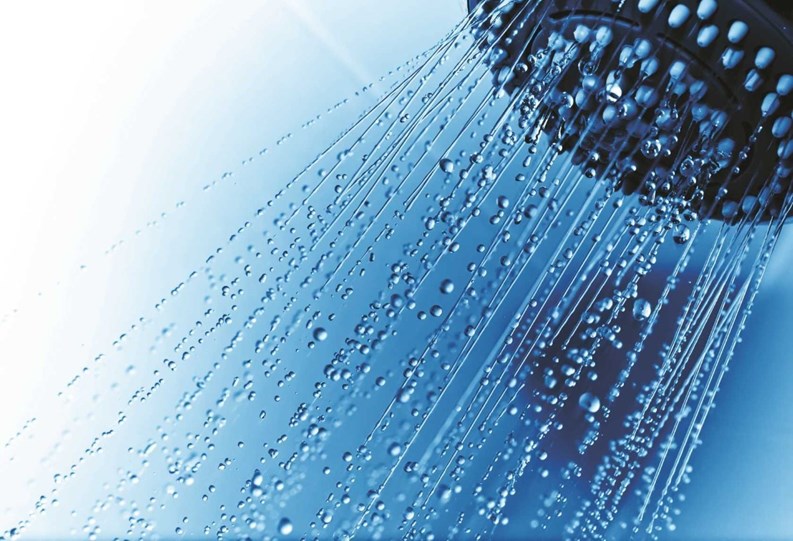

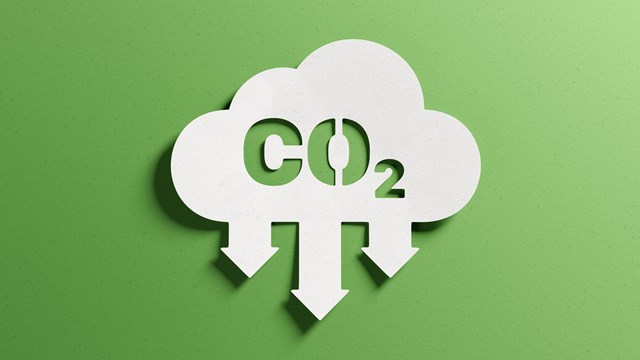
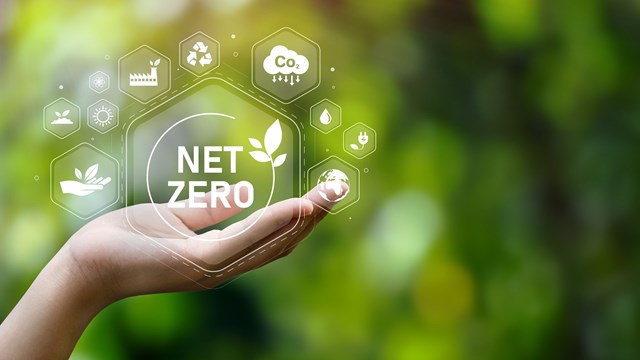
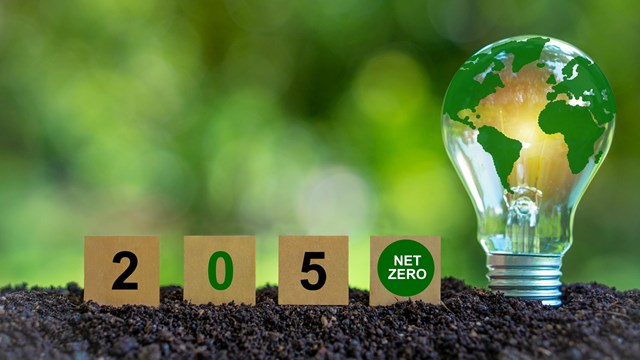

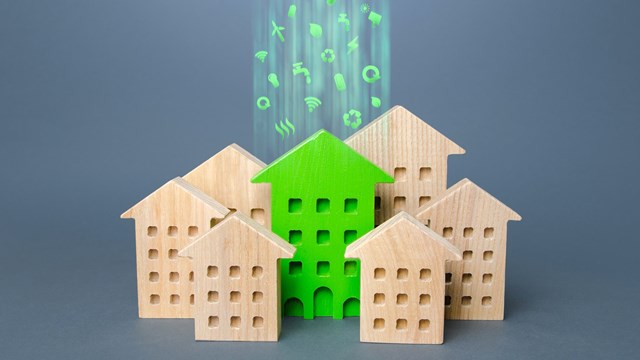
2 Comments
Leave a Comment